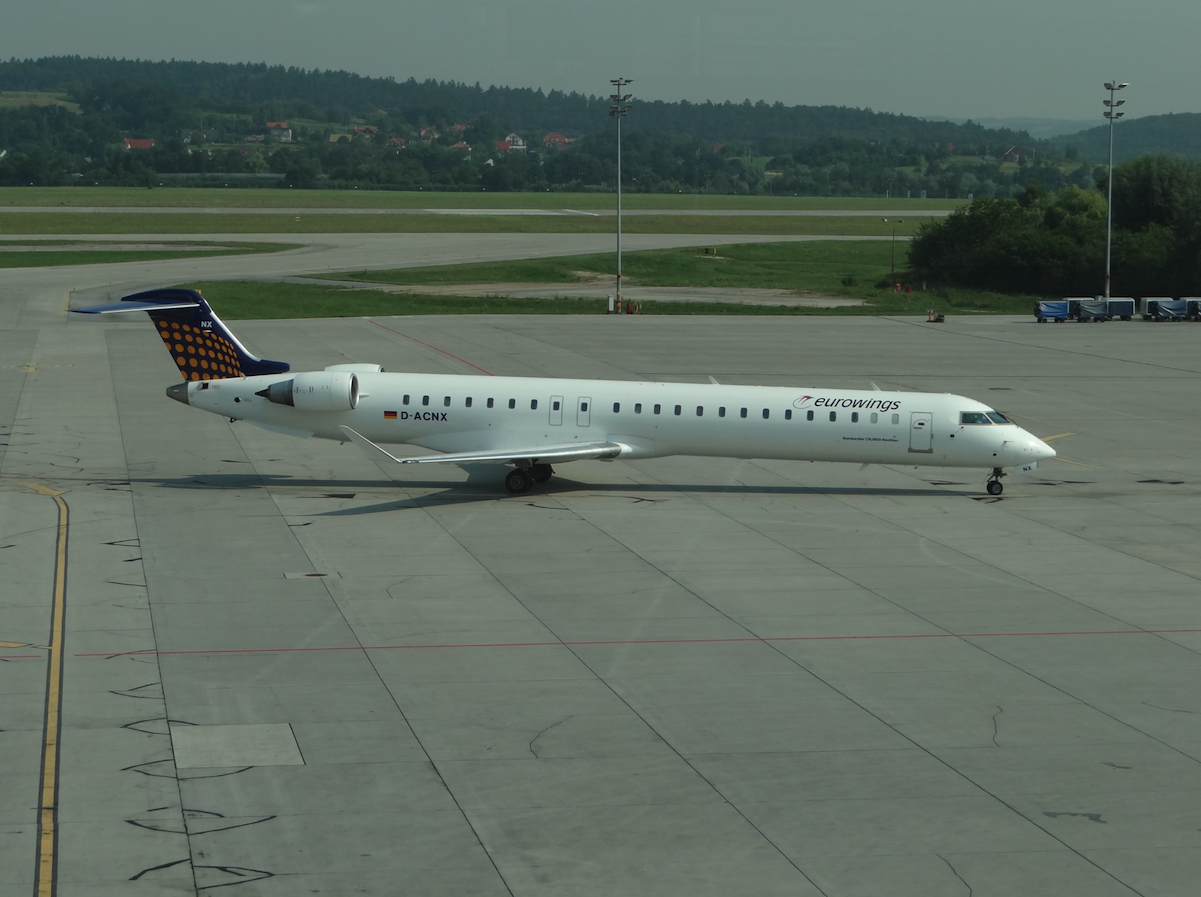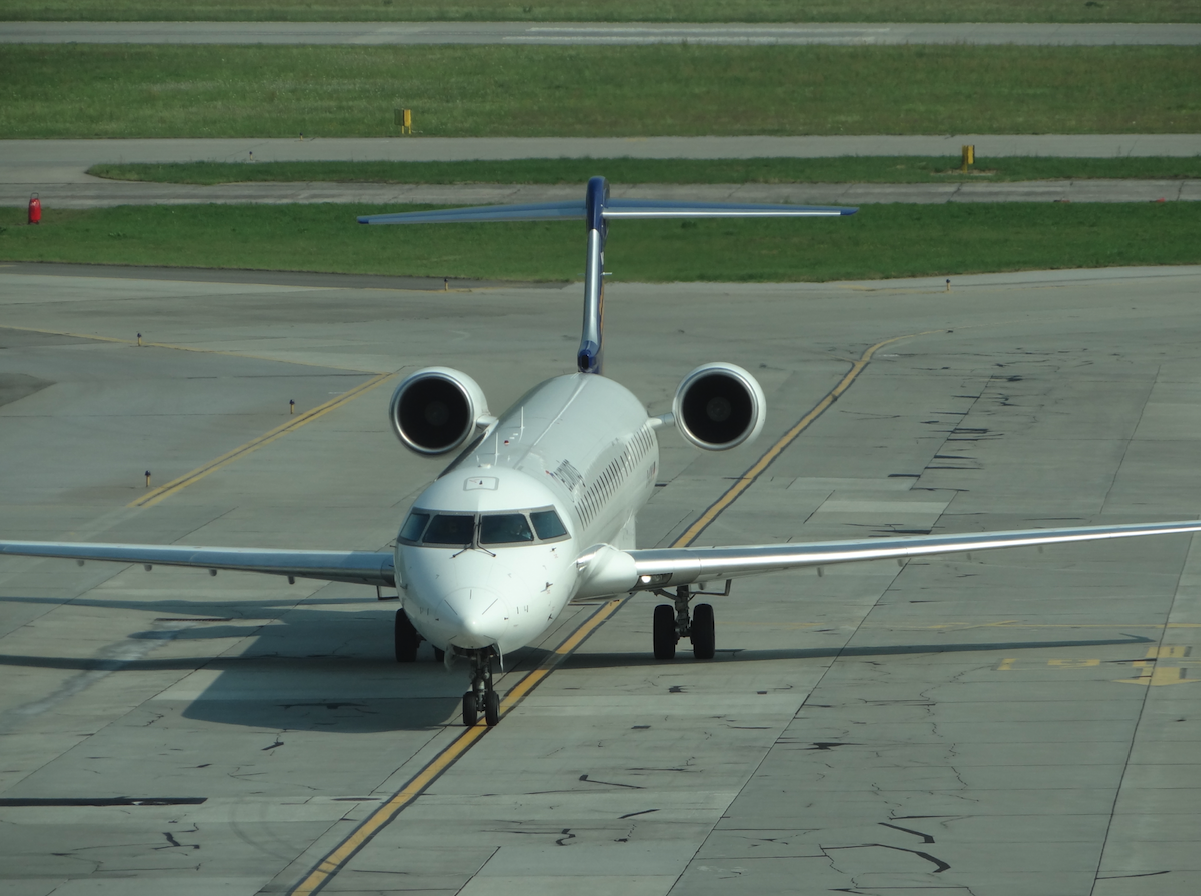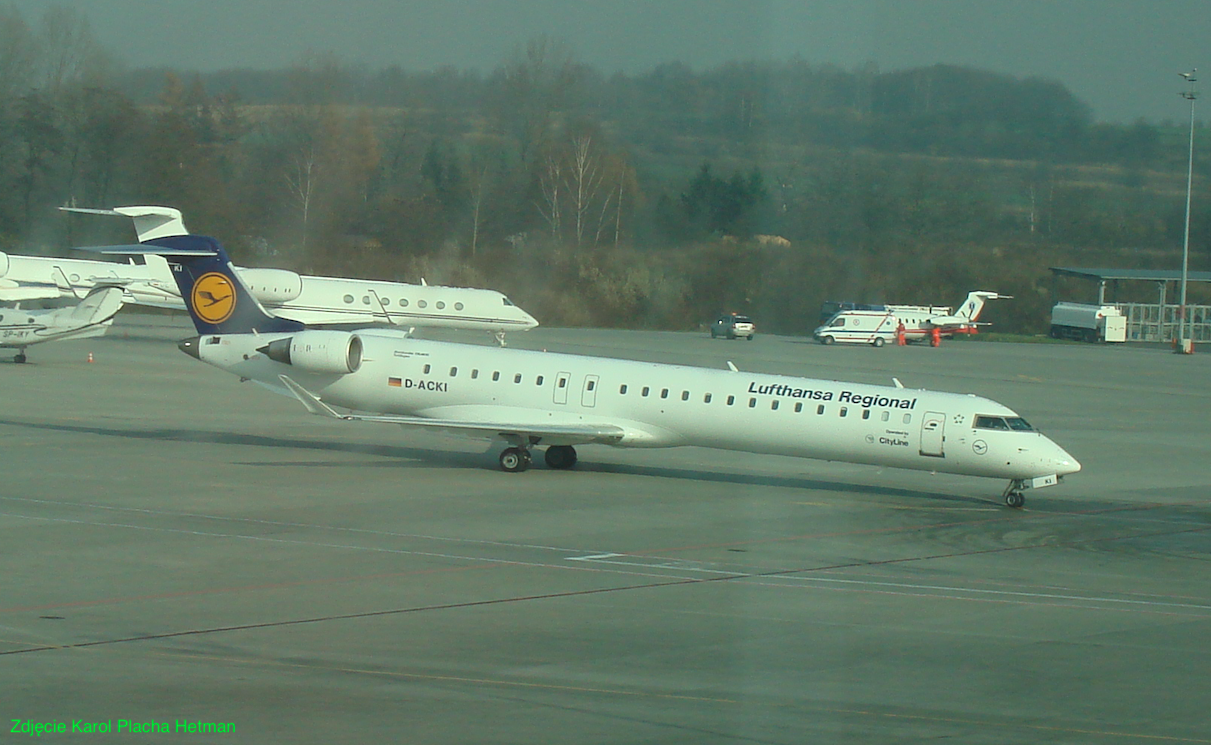Kraków 2023-12-16
Bombardier CRJ-900.
The Bombardier CRJ-900 aircraft was developed by Canada Bombardier Aerospace, and the design is a development of the Bombardier CRJ-700 aircraft, which in turn is a development of the Canadair Challenger aircraft. The plane is designed to transport passengers on short and medium distances. The aircraft is a low-wing aircraft powered by two turbofan engines that have greater thrust than the CRJ-700 aircraft. The plane’s crew consists of two pilots and 2-3 cabin crew.
Work on the new aircraft began in 1999. The CRJ-900 prototype first flew on February 21, 2001. Serial production was launched in 2003. Production of the aircraft ended on February 28, 2021, after 491 units had been produced. In June 2019, the rights to produce the CRJ-900 aircraft were taken over by the Japanese company Mitsubishi for $550 million.
Engines.
The aircraft was powered by two Generał Electric GE CF34-8C5 engines, with a thrust of 2 x 63.2 kN.
Bombardier CRJ-900 T-T data:
Span: 24.84 m. Length: 36.40 m. Fuselage width: 2.57 m. Height: 7.51 m. Load-bearing area: 70.61 m2. Curb weight 21,546 kg. Take-off weight 36,514 – 38,329 kg (depending on version). Fuel mass 8,823 kg. Cruising speed 0.78 – 0.83 Mach. Practical ceiling 12,496 m. Range 2,500 – 3,385 km (depending on version). Takeoff roll 1,778 – 1,944 m. Landing roll 1,596 – 1,622 m. Number of seats 75 – 90. Seat arrangement 2+2. There is often a 1st Class and an Economy Class in the passenger cabin.
Written by Karol Placha Hetman




